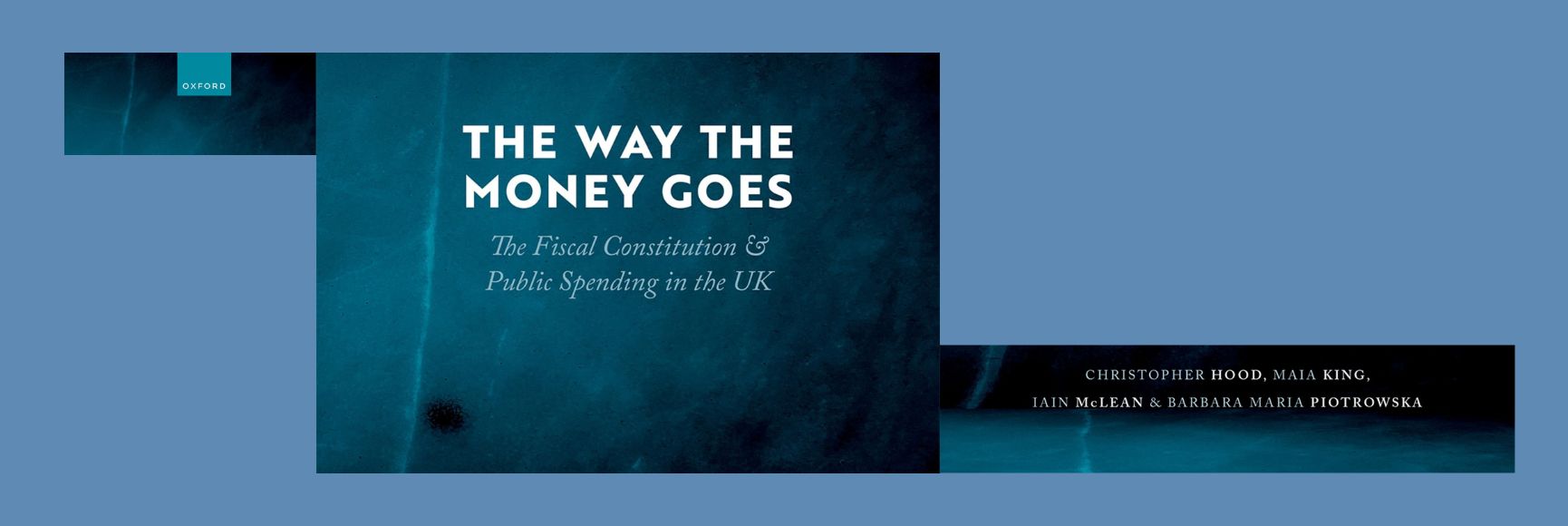
Posted by Richard Allen and Eivind Tandberg[1]
A recently published IMF Note discusses the role public investment management can play in the fiscal response to the COVID-19 crisis. Public investment has several characteristics that makes it attractive for both spending cuts in the initial phase of the crisis and boosts to support economic recovery later. It is largely discretionary, lumpy with most spending concentrated over a few years, and it makes a substantial contribution to economic activity, especially in low-income countries.
Phase 1: Cutting or postponing projects
A concrete set of selection criteria should be used as a guide for adjusting a government’s public investment portfolio. Table 1 provides a simplified example of possible criteria. These should include specific thresholds for the decisions and the selection framework should be calibrated to produce the required magnitude and timing of fiscal adjustment. Options include: (i) identifying ongoing projects that are under implementation stress; (ii) applying a temporary freeze on approving new project commitments; (iii) putting all stalled projects on hold until further notice; and (iv) designating all COVID-19 related projects as a strategic priority
Table 1. Illustrative Criteria for Postponing or Cancelling Projects
Basic decision matrix | Postpone | Cancel |
Project approved, not initiated | Yes | Yes |
Project initiated, less than 10 % of cost incurred | Yes | No |
Project under implementation, B/C of completion >1.5 | No | No |
Project under implementation, B/C of completion <1.5 | Yes | No |
Project under implementation, B/C of completion <1.0 | Yes | Yes |
Additional considerations | ||
High employment creation | No | No |
Significant synergies with other projects | Yes | No |
High cost of project cancellation (beyond B/C) | Yes | No |
Note: Thresholds are indicative.
In making these decisions, governments should be guided by the following factors:
- There should be a structured mechanism for decision making on major infrastructure cuts. Final decisions will typically be taken by ministers, based on technical advice. The finance ministry and spending ministries should play a leading role, as well as local governments and public corporations if they are heavy investors in infrastructure.
- Postponing or cutting projects or altering specifications or extending deadlines will require governments to negotiate changes with their contractors (in the case of traditional procurement) or partners (in the case of PPPs). When such changes are not done carefully, significant arrears and cost overruns may be generated. There must therefore be clarity in the decision-making process and a procedure that allows parties to resolve potential disputes without resorting to costly legal action.
- Robust decisions will require comprehensive and consistent information about the public investment portfolio. In some cases, existing reporting and oversight mechanisms can be utilized. A survey of the implementation status and remaining costs of major ongoing projects may also be needed.
- To ensure transparency and accountability, an information portal on public investment could be very useful.
Phase 2: Managing public investment for fiscal recovery
As the Great Lockdown ends, many countries will want to use infrastructure investment, to help restart the economy during the second half of 2020 or early in 2021, as happened after the global financial crisis of 2008. Such measures should be timely, targeted and temporary (TTT). The post-crisis phase may also provide important opportunities for the “greening” of public investment.
Countries could consider the following measures:
- Projects should be adequately appraised prior to selection, and regulatory approvals could be streamlined. At a minimum, a high-level check of the portfolio/pipeline should be performed to ensure that the projects remain economically viable. If there is no existing pipeline, a framework for expedited appraisal should be established.
- There should be clear criteria for the selection of projects with an emphasis on identifying projects that satisfy the TTT principles—see Table 2.
- The fiscal stimulus program should be anchored in a credible and realistic medium-term fiscal policy and framework.
- Capacity constraints should be identified and addressed at an early stage. In many low income and emerging market countries, there may be capacity constraints in procurement systems, or in access to capital, labor, and materials. These constraints may be exacerbated by travel restrictions and other measures to contain the COVID-19 virus, especially if there are new waves of infections and containment measures.
- Maintenance and capital repairs projects can play an important role. Such projects are flexible, often relatively cheap and standardized that are easy to program, implement and monitor, and may have a higher job content than new infrastructure projects.
- Although PPPs can be part of the solution for many countries, they need to be well managed. Experience suggests that in the absence of effective fiscal management they can lead to waste and inefficiency, often increasing governments’ exposure to fiscal risks and advancing projects with poor or even negative economic value for society (but generating benefits for investors).
- Many countries have streamlined standard procurement procedures during the crisis. Clear guidelines or implementing regulations should be prepared to ensure coherent application of these rules and, to condition expectations, the government should announce a plan to return to “normalized” arrangements immediately after the crisis.
- Effective mechanisms for project monitoring and reporting, and for escalation and resolution of implementation issues will be critical.
Table 2. TTT Criteria for Projects in a Fiscal Stimulus Package
Principle | Illustrative criteria |
Timely |
Possible to implement the projects in the required timeframe A significant share of projects should be available for immediate implementation |
Targeted |
High benefit/cost ratio (B/C >1.5) Additional positive impacts (beyond B/C estimate): § Economic § Social § Environmental High employment creation potential Significant synergies with other projects, including SNGs and private sector Leverage concessional financing |
Temporary |
The projects should have a strong long-term growth impact but limited long-term fiscal impact They should not require significant funding beyond the fiscal stimulus period |
This article is part of a series related to the Coronavirus Crisis. All of our articles covering the topic can be found on our PFM Blog Coronavirus Articles page.
[1] Fiscal Affairs Department, IMF.
Note: The posts on the IMF PFM Blog should not be reported as representing the views of the IMF. The views expressed are those of the authors and do not necessarily represent those of the IMF or IMF policy.







